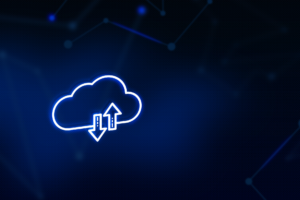The Vision Behind Traffik Analysis Hub
The business of trafficking is an errant economy, entwined with the legitimate. For many organisations today modern slavery and human trafficking poses an exponential risk. With trafficking in persons generating an estimated $230 billion annual revenue, every financial transaction for goods and services that is tainted by trafficking is the ‘proceeds of crime’ and therefore is money laundering.
In 2006, having spent over 30 years in law enforcement, gaining experience investigating organised crime and in particular drug trafficking, I was especially nonplussed when I came across a small NGO talking about the problem of human trafficking; through their work with survivors of trafficking. STOP THE TRAFFIK knew more about how this crime worked than law enforcement did, so we set about using their understanding to bring Investigators in our National Agency up to speed.
As that journey continued, it became apparent that the issue of human trafficking and exploitation wasn’t on the investigative agenda for law enforcement anywhere in the world and as a result information to address this crime was not available. So, I began on a path to build something that was transparent and that everybody (not just those in law enforcement but in business, academia, finance, and non-profit space) could utilise. To be able to develop that, we needed to understand how trafficking truly worked and the key to that lay in survivor stories. Therefore, we set out to garner as many stories as possible to piece together a meaningful picture of trafficking — that’s how the concept of Traffik Analysis Hub began.
However, to make it truly accessible and meaningful, we had to be able to provide this data in industrial quantities for the anti-trafficking community and that’s where IBM stepped in. For the last four years, they have funded the design, build, and roll out the Traffik Analysis Hub in partnership with STOP THE TRAFFIK and Clifford Chance LLP. Today, TAHub has captured almost a million stories of trafficking from multiple sources and is, by some distance, the world’s largest and most useful repository of stories of trafficking and exploitation. We have compared these stories with different open-source data and by looking at it all, users can build visualisations and derive insights and analysis from the map-based system that show the scale and nature of trafficking activity in context.
Slavery/exploitation is a crime hidden in plain sight making it difficult to identify. The ability to keep the risk of discovery manageable encourages the trafficking economy to thrive. The lack of visibility of how traffickers interact with financial sector is a critical issue that poses a huge risk for many organisations — you can’t stop what you can’t see! If organisations do not take steps to prevent trafficking and exploitation in their supply chains and business, they are likely to incur significant financial and reputational damage. Being unaware is simply not sustainable moving forward.
In our increasingly transparent world, organisations should equip themselves to counter the threat of human trafficking and exploitation in their supply chains and relationships. Commerce and Industry with exploitation free supply chains are likely to outperform those that ignore this issue. It is imperative that every business understands where risk of exploitation might lie and ask smarter questions of their suppliers. Banks need to similarly focus due diligence on sectors and geographies that have a history of exploitation. Together we need to switch up the sense of risk.
Traffik Analysis Hub was born out of the recognition that trafficking and exploitation is an errant economy reliant on a largely unaware financial services environment in which traffickers are able to conceal the $230 Billion annual revenues.
There are millions of people around the world who have been trafficked, whether they are exploited for their labour or forced to sell sex and I believe there is an obligation for every single person to be more responsible about their choices — it’s great to live in a free world, but we can’t use our freedom to abuse somebody else’s. Responsible buyers, responsible sellers and responsible financial organisations are key to our future.

Traffik Analysis Hub
TAHub is the world’s first and largest cross sector data collaboration, holding the richest repository of stories of trafficking in a non-competitive and secure space. TAHub is an intelligence community with over 80 organisations, compromising all sectors from Academia and Law Enforcement Agencies to NGOs and Business and Financial Institutions. It allows participants to share data in a single store which enables each member to gain highly accessible insights and analysis tailored to their requirement. By collecting stories of trafficking incidents from multiple NGO sources and highly trained AI machine learning tools, in several languages, TAHub is able to offer map-based analysis. This enables each participant to do what is necessary, within their own context, in order to undermine the economic fundamentals of traffickers.
Technology has an important role in the prevention of human trafficking and we must continue to build a rich picture of trafficking for users to make it history. Only by working together, by sharing data safely and enhancing every participants ability to deliver, can we make a real lasting impact on a global scale.
Authors – Alanna Taylor & Neil Giles

